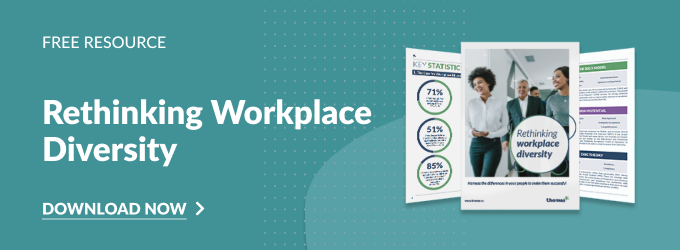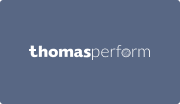Companies are understanding that diversity and inclusion plans in recruitment and promotion take time and effort to implement; for this they must be praised. These businesses understand that diversity is about consistently making the effort to include people in underrepresented groups.
It is not however a checklist item - an appearance to understand the complexity of diversity and inclusion by simply saying you're doing something about it or worse, making it appear in your advertising and materials that you are when you’re not.
To avoid tokenism in the workplace requires understanding, emotional intelligence and humility to get right (and constantly learn/improve).
What is tokenism? And why you should avoid it
Webster defines Tokenism as “the practice of doing something (such as hiring a person who belongs to a minority group) only to prevent criticism and give the appearance that people are being treated fairly.”
Think of a business that you may work in, or work with. How diverse and inclusive is the management team? The workforce generally? Are you including representation in your organisation because you see the value of diversity and what it brings to the table, or do you want to appear as an organisation that understands and is seen to be being diverse?
If you’re not actively making decisions to improve inclusivity in the workplace, it's performative, and defeats the object of inclusion. This is transparent to consumers - many are savvy enough to know the difference between genuine and tick box exercises - and can adversely affect your business.
How to avoid tokenism
Tokenism can be avoided - that’s the good news. It’s about engaging in the whole process and being honest about your knowledge - or lack of - in the area and seeking professional help to make diverse and inclusive recruitment decisions based on the right information.

Don’t engineer scenarios or imagery
Businesses over the years have engineered inclusion and diversity into their advertising and marketing to appear more attractive to a wider audience. Of course, they eventually end up being found out and the backlash can be severe.
If you have a website, social media, online and offline promotional material, you should be very aware that any imagery doesn’t promote the sense of tokenism. Stock imagery has to represent the employees in your business not the facade of what you want to represent.
People of colour, people with disabilities, minority groups shouldn’t be in your website or promotional material if your workforce doesn’t reflect diversity and inclusion as it's otherwise being portrayed.
Take responsibility when needed
It's your business and personal responsibility to make staff and consumers from a variety of backgrounds feel welcome and safe. It's also your responsibility to ensure that your business is addressing and investing in diversity, research and expanding your network if you need support in this area.
If you make mistakes, you also need to take responsibility and address them with sensitivity and care. Seek consultation in this area and get additional training in addressing diversity and inclusion in your workplace and not turning it into a checkbox item because it is on trend for a period of time.
The worst thing you can do is also issue a statement or double down on disingenuous practices that have been called out. Be sure to protect the business and actively listen to the criticism and seek solutions that work.

Check your intentions
As Nova Reid pointed out in a well discussed piece, “diversity and inclusion should consistently be demonstrated in your brand aesthetic, your language, your content, your behaviour, your network and by continually making an effort to include diversity, (not just when Meghan Markle joins the Royal family). Intention is everything.”
Remember why you are taking the actions to make your workplace more diverse and inclusive… Diversity and inclusion can make businesses better at operating, broaden their talent pool, become more creative and understand different cultures as well as markets, overall positively impacting society.
Be mindful to question any new initiatives that don't fit in with a D&I policy and encourage open feedback for better progress in this area.
Having a diversity and inclusion initiative opens the door to many new possibilities for your business. An increase in creativity, a widening of the talent pool and job applications, greater employee engagement and even more profitability. What’s important is that you create a policy that has real intent and avoids tokenism. Avoid engineering your organisational cultural awakening and seek help and guidance from experts in the area to create a D&I policy that works!
Increase workplace diversity with Thomas
As a specialist that helps companies to realise the true potential in their people, Thomas are experts in helping you develop culturally diverse strategies.
Our psychometric assessments increase diversity and inclusivity by removing unconscious bias from the recruitment process which can be influenced by a hiring manager’s background, cultural environment and personal experiences.
By mitigating bias and increasing a manager’s self-awareness, this leads to stronger decision making that isn’t reliant on gut reaction or instinct.
As well as recruitment insights, our tools can help you with people development and talent retention, hitting all areas of your organisation to drive cultural diversity.




